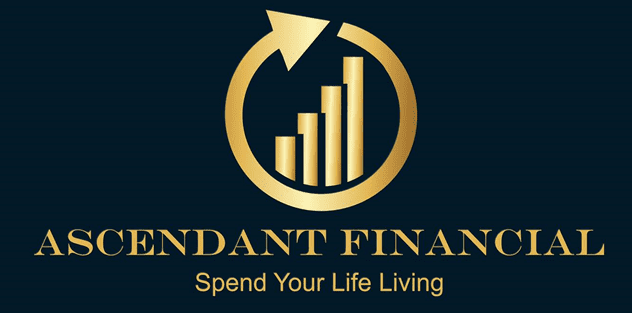How To Fund Your Current Expenses By Redirecting Cashflow Into Your System
What This Covers
This session with Vern and Roman explains how to redirect everyday spending through your policy system to fund current expenses while building long-term financial capacity. It features real examples of using small policies to finance recurring costs, property taxes, and charitable donations, emphasizing sustainable growth and long-term impact.
Why Clients Use It
To start small and still benefit from the Infinite Banking Concept without needing high-income levels.
To reclaim lost opportunity costs on expenses like taxes, insurance, or gifts they were already paying.
To leave a lasting legacy by structuring policies that benefit family or charitable causes.
To grow cash value over time while maintaining flexibility and control over capital.
Key Insights by Timestamp
(00:00 – 01:38) Small policies can cover lifetime expenses
You don’t need a $150K/year policy. Even $4–5K/year policies can fund property taxes, insurance, or gifts you’re already spending money on.(02:45 – 03:42) | Real estate example: Capture maintenance costs
Rental owner redirected reserve funds into a policy to cover emergencies like a broken water heater, capital now grows inside the system.(04:21 – 07:04) Charitable giving through policy loans
Roman structured his giving to flow through his policy, creating long-term capacity and leaving a future donation through the death benefit.(07:04 – 07:40) Sustainable starting point: $122/month
You don’t need to max out funding. Start with a manageable base premium and use windfalls to boost EDO contributions.(08:18 – 10:43) Strategize to recapture future expenses
If you can’t recapture property taxes in year one, think long-term. Small steps now can fund major costs in 2–3 years.(13:12 – 14:11) Behavior follows structure
Once you create capacity, your brain begins finding more ways to fund your policy—it becomes a habit.(17:07 – 18:32) Cash value outpaces contributions
By year 10, Roman’s cash value exceeded what he put in. By year 20, every $1 in created ~$2.75 of growth.(19:08 – 19:34) Multi-generational impact through death benefit
~$65K of total premiums over time results in ~$200K death benefit, multiplying the impact of everyday spending.(20:52 – 23:06) Attend sessions to unlock ideas
These live sessions help clients find new, creative ways to use their policies and grow their systems sustainably.
